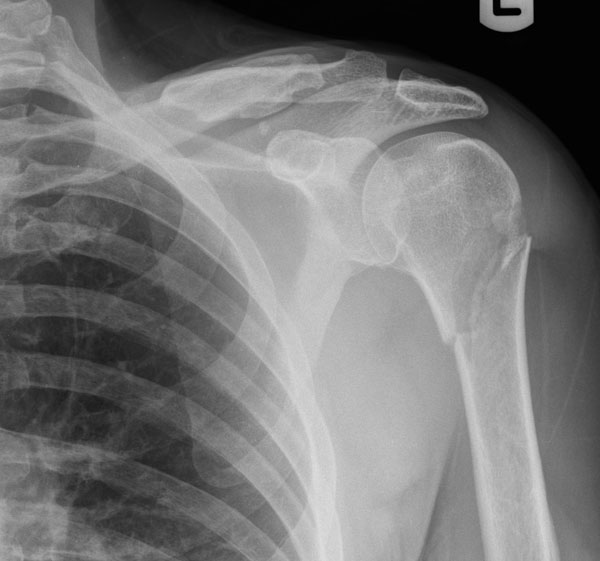
14 There is a limited but growing culture of specialist tertiary referral, which should be considered for more complex injuries, or if the treating surgeon does not treat these fractures regularly. 11, 13 There is substantial geographical variation in surgical expertise and operative treatment. The treating surgeon can influence outcome through both choice of treatment and technical expertise. Poor outcomes and increased risk of complications are associated with severe osteoporosis, smoking, drug and alcohol abuse, diabetes mellitus, rheumatoid arthritis, immunocompromise including steroid medication and concurrent neoplasm.

Operative treatment is only rarely indicated in the very elderly (aged >Ĩ5 years), those with cognitive impairment, a non-functional limb, or with severe medical comorbidity. Most patients with these injuries are elderly and have limited expectations from treatment. 1).įlowchart depicting the way in which patient-, fracture- and surgery-related factors interact to influence treatment (SS, shoulder surgery). It is important to appreciate that in addition to the ‘personality’ of the fracture, decision-making is also influenced by underlying patient- and surgeon-related factors ( Fig. There is a tendency to focus on the fracture configuration when deciding upon the method of treatment. 6 – 8 Most injuries are closed and are best treated non-operatively, though early exploration may be beneficial in younger individuals. Most nerve injuries are direct injuries to the brachial plexus or traction injuries to the axillary nerve, and are more likely in the presence of a fracture-dislocation. Vascular injuries can be treated with endarterectomy for intimal tears, and resection with end-to-end anastomosis or grafting for more major lacerations, 5 or embolisation for false aneurysms. Digital subtraction angiography is the benchmark of assessment, but Doppler assessment of the pulse and single-injection angiography may be more appropriate in the emergency setting. Signs of distal ischaemia may be absent, due to the rich collateral circulation, but a large expanding haematoma, pulsatile external bleeding, unexplained hypotension, delayed anaemia and associated nerve trunk or plexus injury should increase the level of suspicion. Vascular injuries are rare, but more likely in the presence of a fracture-dislocation. These fractures require treatment according to standard open fracture guidelines.

#HUMERAL NECK FRACTURE SKIN#
Open fractures of the proximal humerus are rare, although severely displaced fractures may produce skin tenting, causing pressure necrosis. Clinical assessmentĬareful clinical assessment is required in each case to identify the rare, but serious, problems related to skin or neurovascular damage, which warrant urgent investigation and treatment. An ever-expanding range of reconstructive options has become available to treat these injuries, each with its advantages and disadvantages. Surgery should only be considered in approximately 20% of patients, 4 either because they require better shoulder function or because their fracture is more complex. 3 Most patients with these injuries will regain a functional shoulder without operation. 1, 2 Most are stable, minimally-displaced osteoporotic fractures in the elderly, and are the result of low-energy falls. Fractures of the proximal humerus account for 5% of injuries to the appendicular skeleton.


 0 kommentar(er)
0 kommentar(er)
